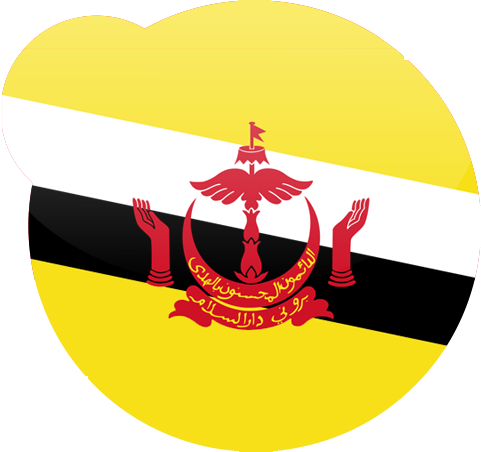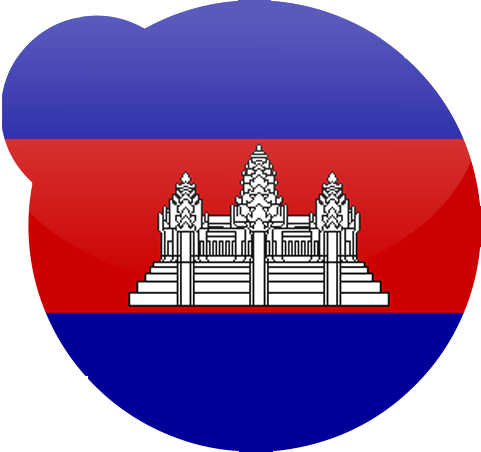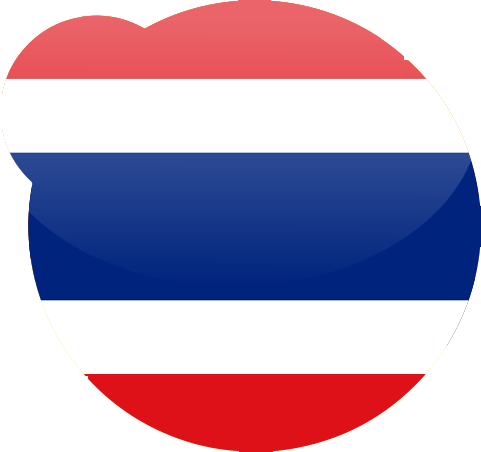Nt Campus
- Home
- Biological Aspects of Muscles
Biological Aspects of Muscles
All movements of the inner and outer structures of our body are made by muscles through a sequence of contraction and relaxation. This movement is the basis for active locomotion, but also for many functions inside our body. To understand how EMS affects our muscles, we first have to deal with the structure and functioning of the muscles.
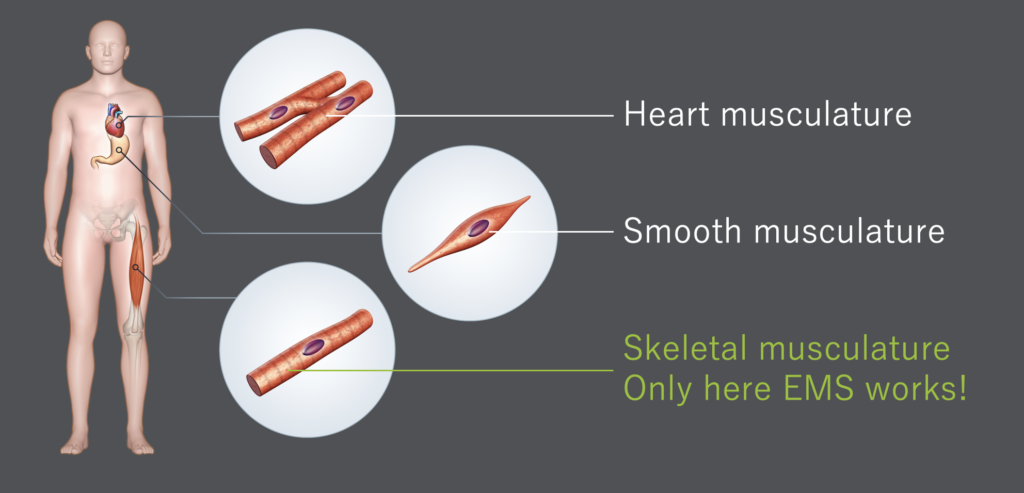
Skeletal musculature
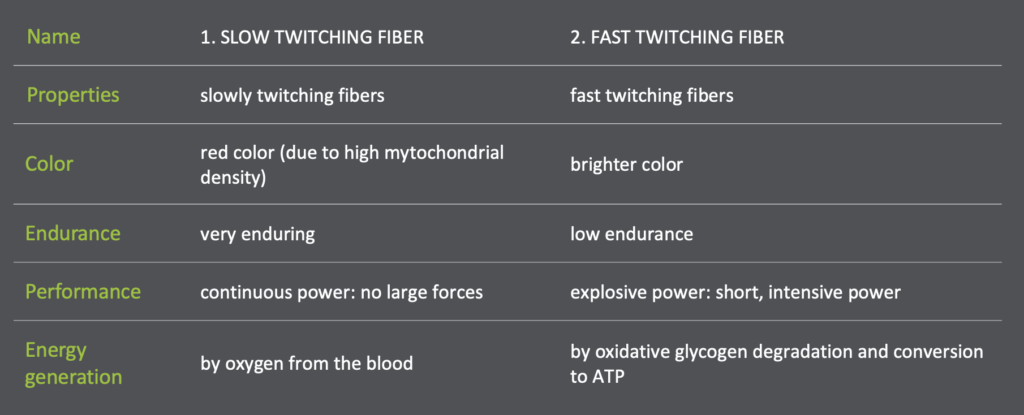
Differentiation of muscles according to structure
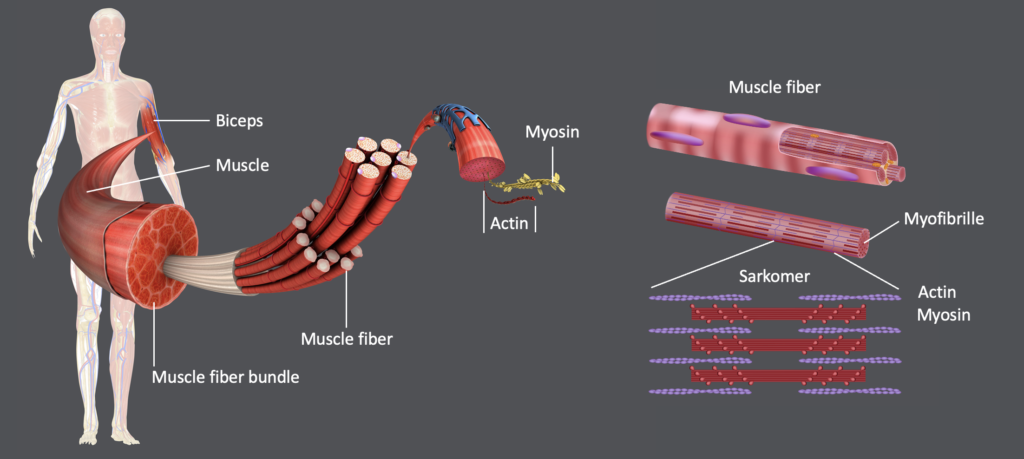
The structure of the human musculature can be divided into three different muscle types:
Smooth muscles (e.g. blood vessels and internal organs of the digestive tract and the respiratory tract)
Striated skeletal muscles Cardiac muscles (mixture)
The striated skeletal muscles are innervated (i.e. stimulated) via the somatic nervous system, whereas the smooth muscles are innervated by the vegetative nervous system. The somatic nervous system enables a conscious perception of the environment and one’s own body (soma) via the sensory organs and voluntary actions of the muscles (voluntary motor skills).
In contrast, fixed, automatically occurring internal body processes are adjusted and regulated via the vegetative nervous system, which therefore cannot be influenced by humans. With the low-frequency impulses, EMS only addresses the somatic nervous system and thus the striated muscles, the smooth muscles are not excited.
From construction to movement
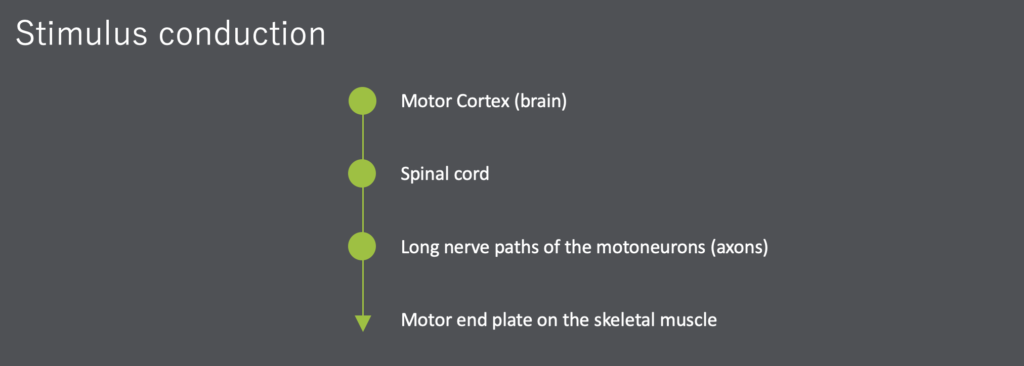
“Knowing and understanding the structure and functioning of the muscles is the basis for the development of safe and effective sports products.”
– Judith Münch
GET IN TOUCH
Write us a short message to receive your desired information. Alternatively, you can contact one of our distributors in your region directly.

